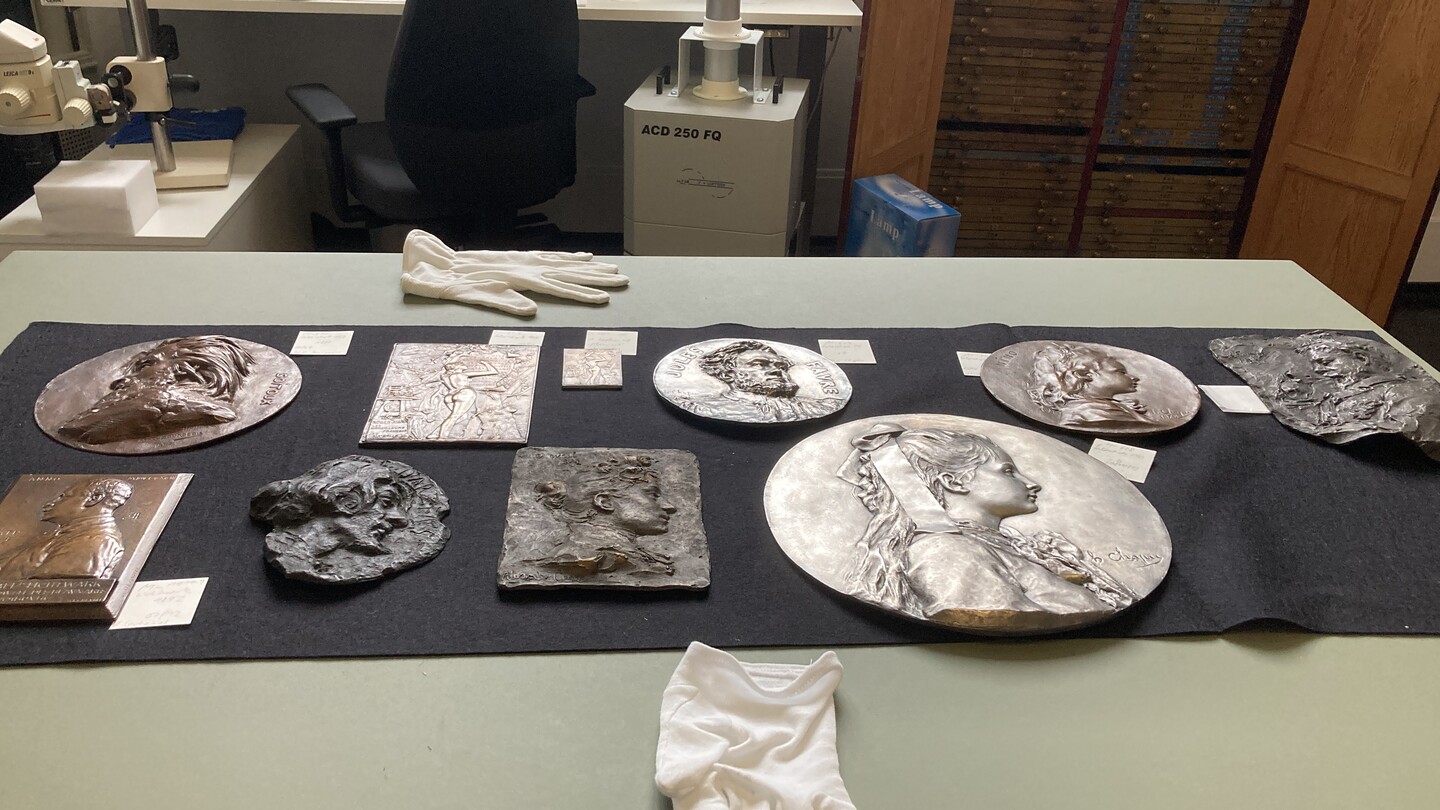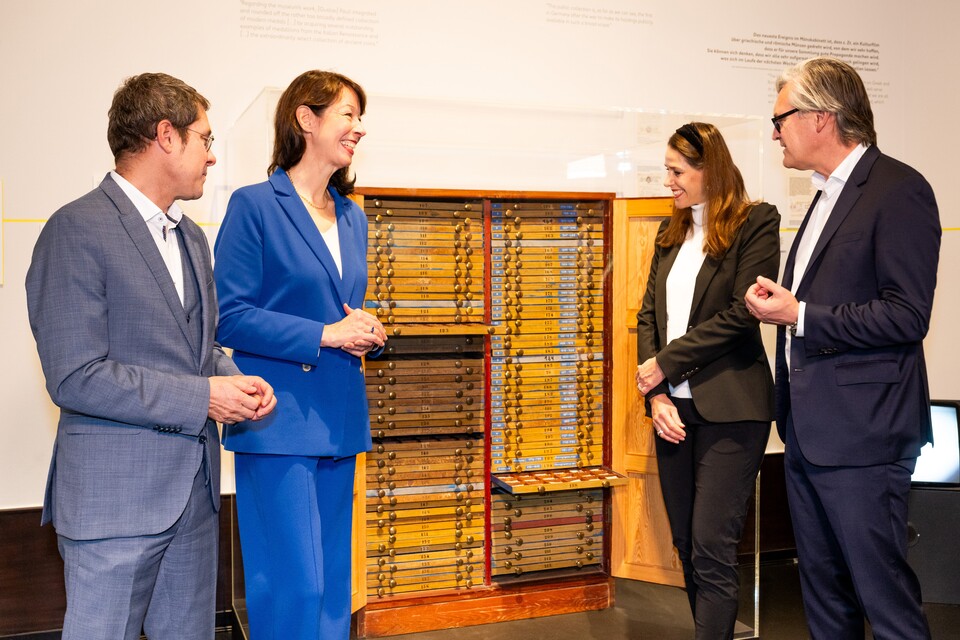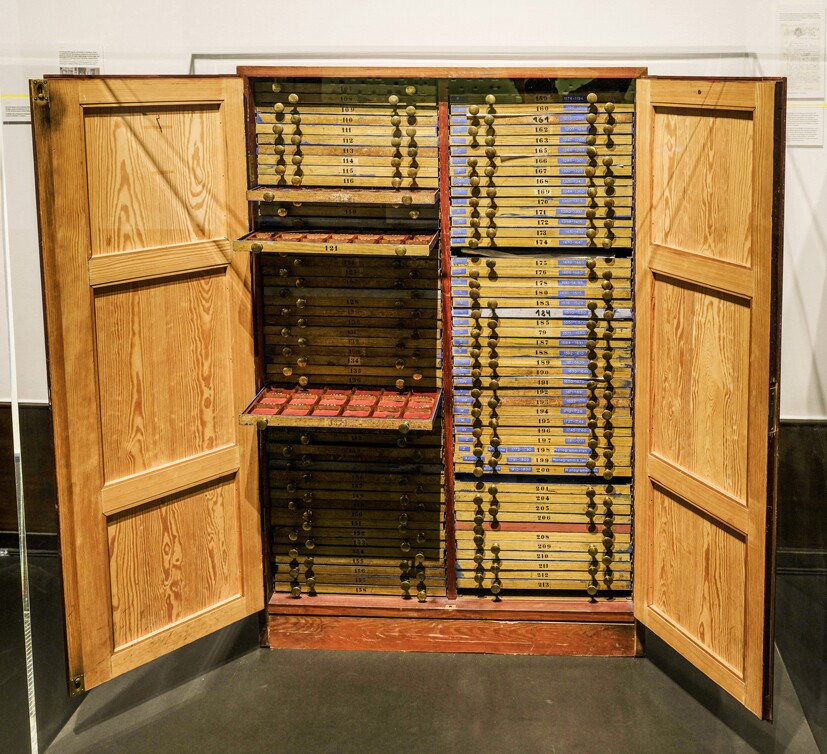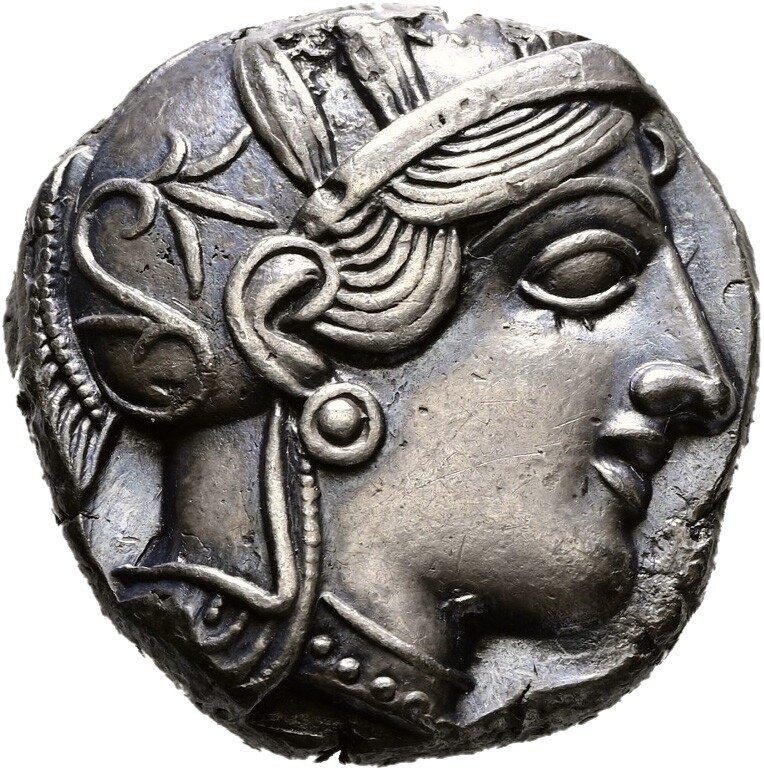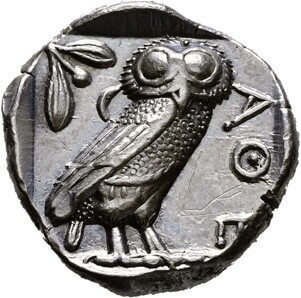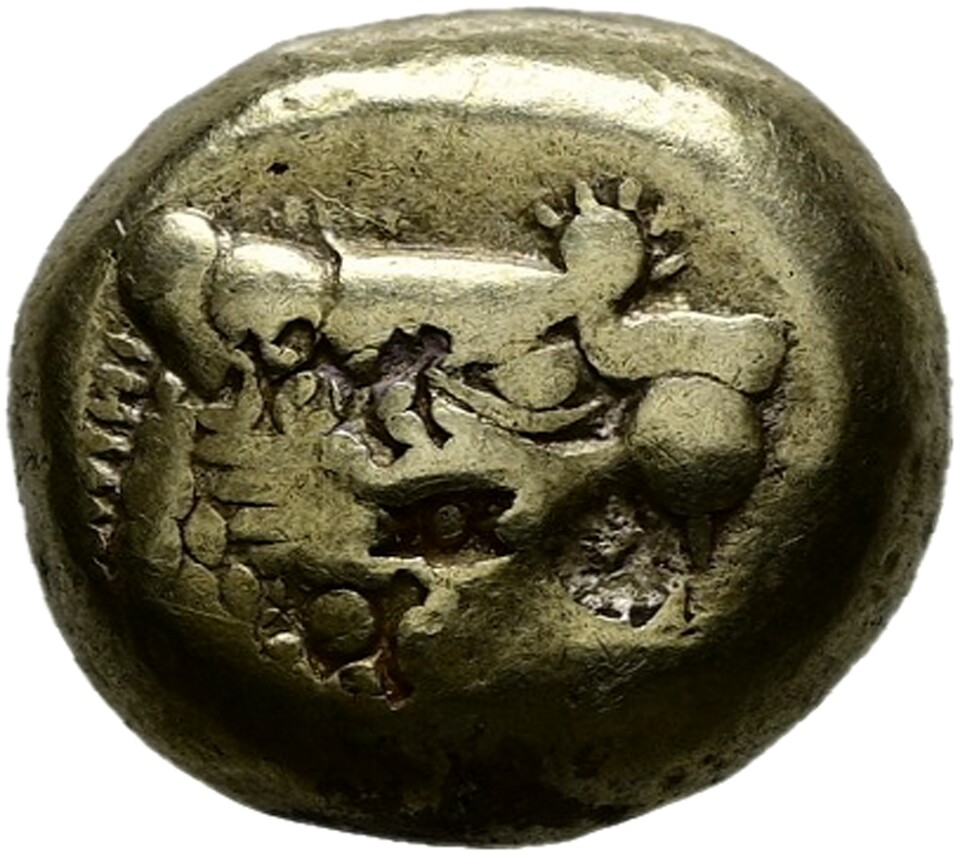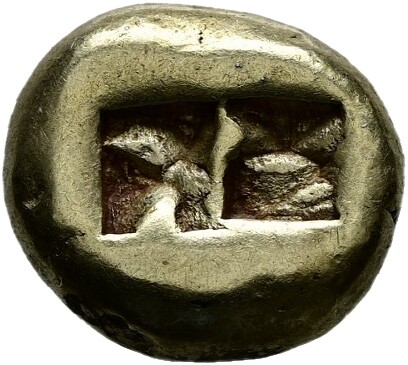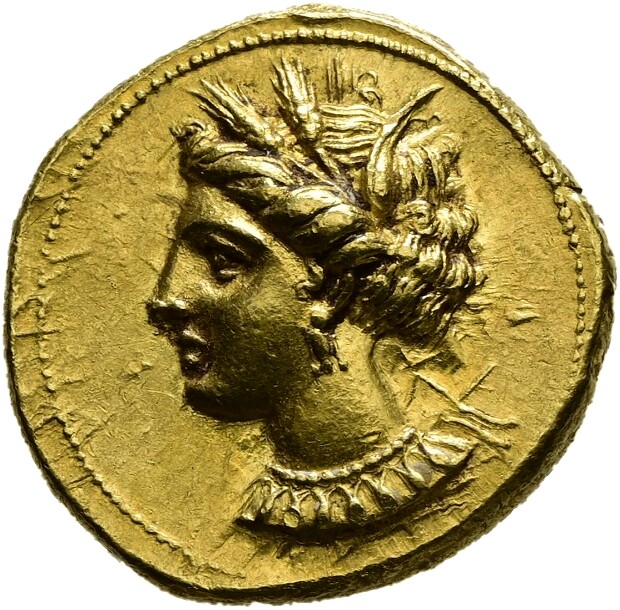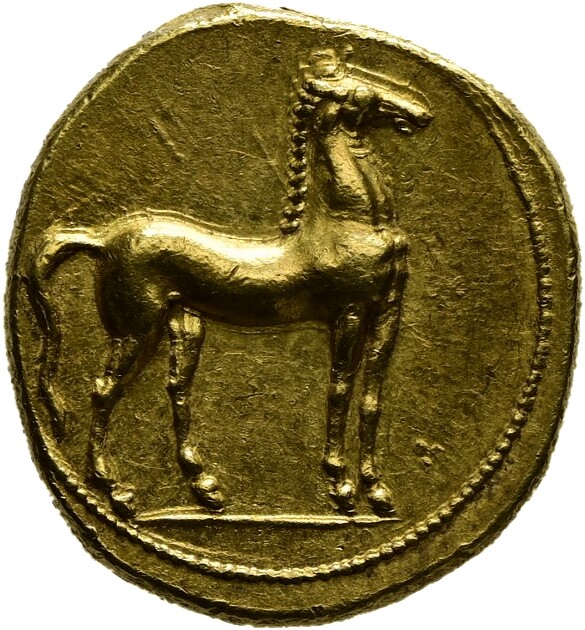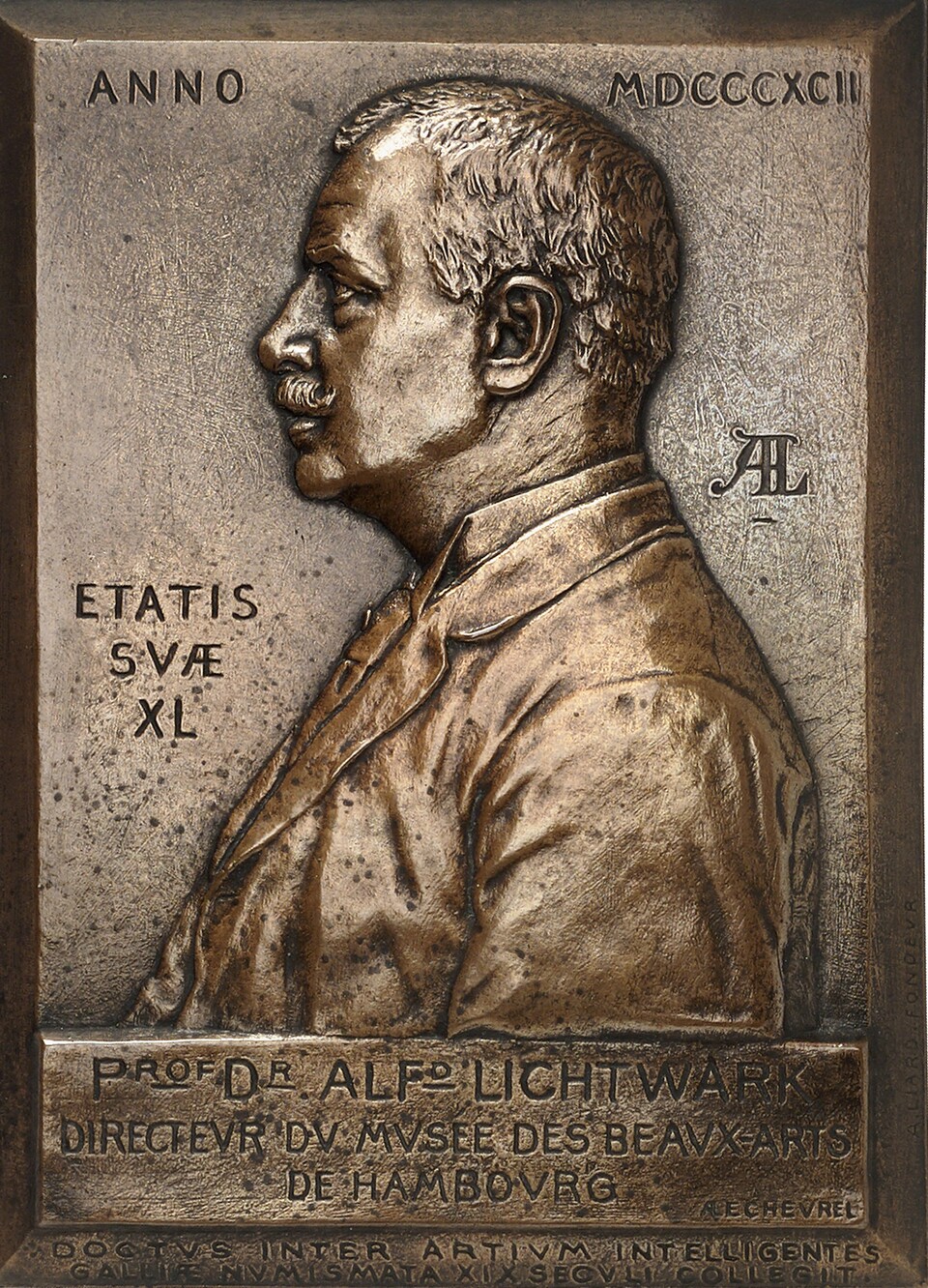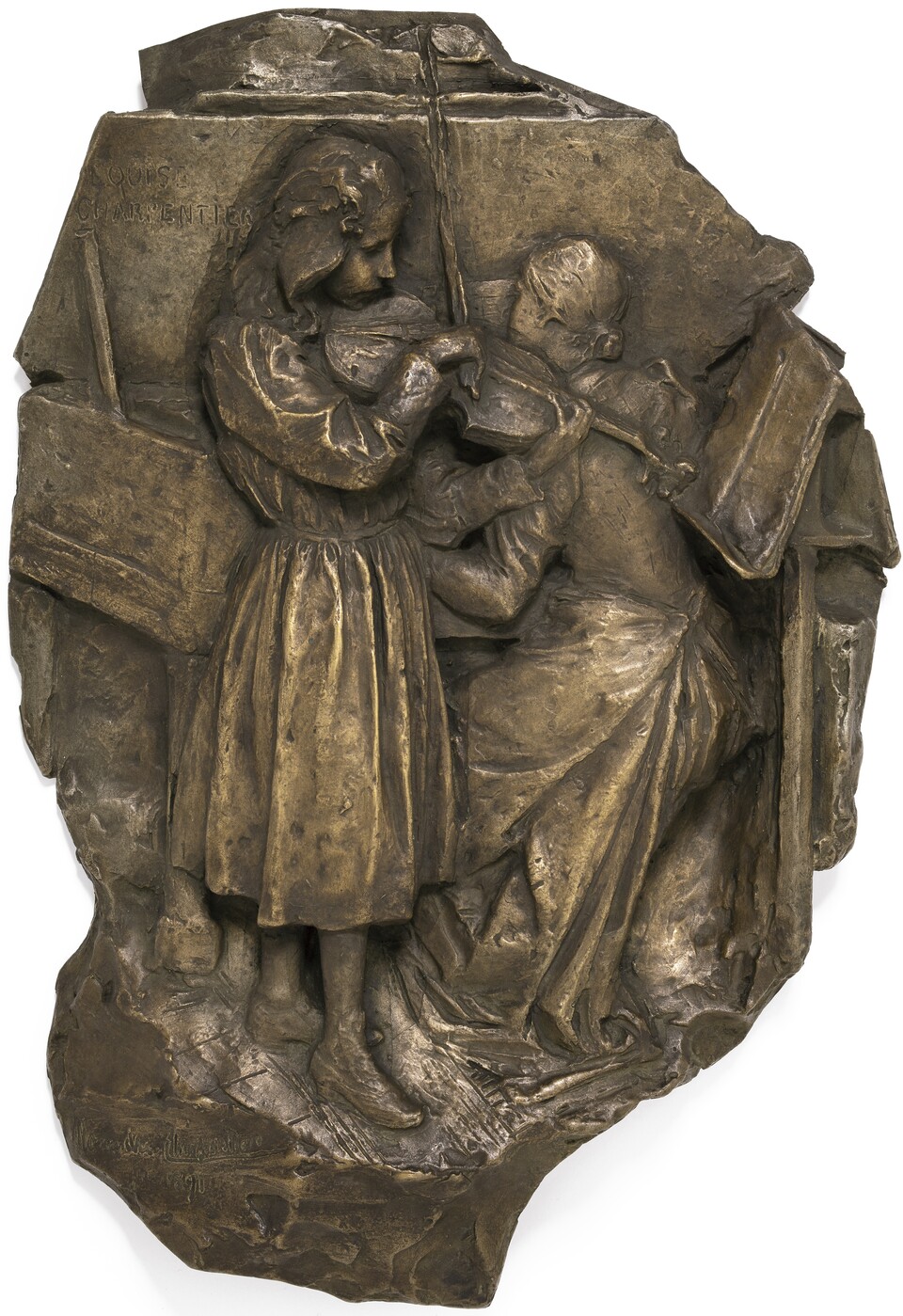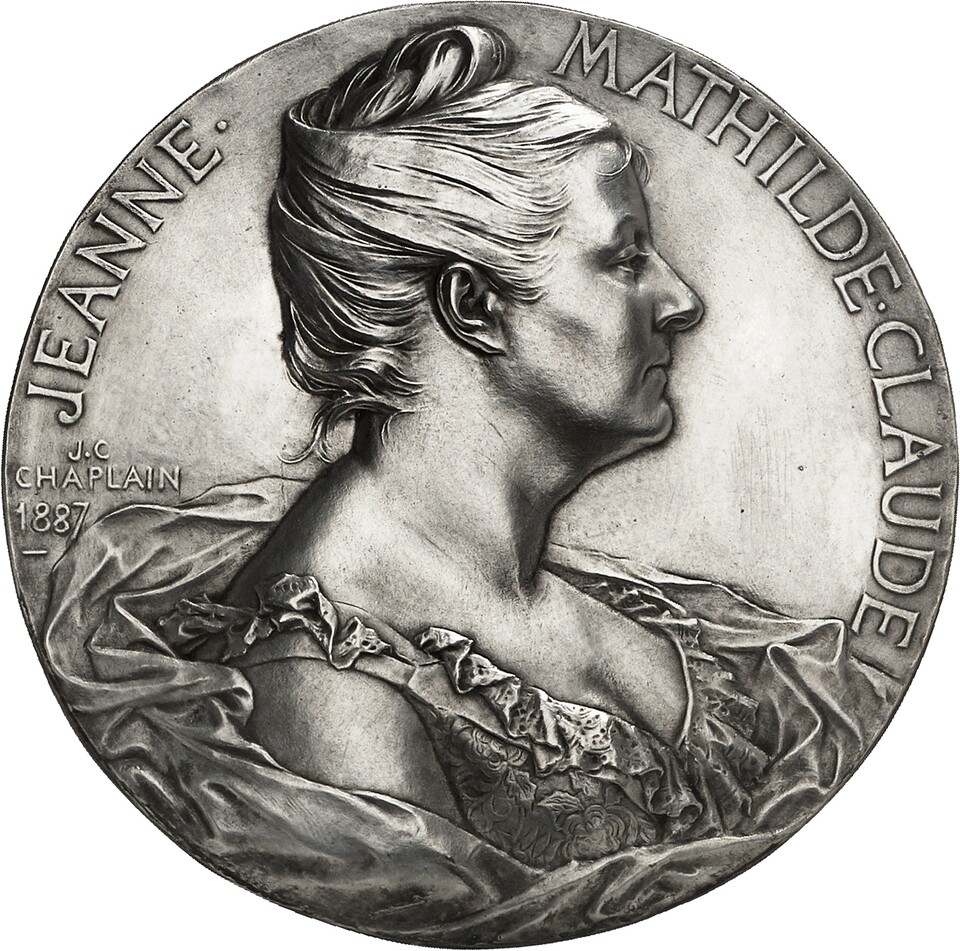»From the second to the third dimension«
Research, inventory and digitisation project for Coins, Medals, Plaques
TEAM
Head of the research project
Dr. Annabelle Görgen-Lammers
Project & research assistant
Ann-Kathrin Hubrich
Research assistants Numismatics
Patrik Pohl (from 10/24)
Dr. Martin Ziegert (part-time 01/22-12/24)
Dr. Sylvia Karges (06/22-10/23)
Research assistant Provenance
Marlene Knut (Teilzeit 01/24-12/24)
Production manager & Project assistance
Petra Bassen
Student assistant
Tessa Scheunert
Dana Zacharias
Niklas Groschinsky (04/23-7/23)
Conservation
Anne Batzilla-Kempf
Corinna Krömer
The Hamburger Kunsthalle is currently focusing for the first time on examining, inventorying, restoring and digitising its extensive collection of around 6,000 coins, medals and plaques in a research project scheduled to last several years. These treasures, some of which have been slumbering in storage for 150 years and have not been spotlighted for decades, will now be systematically catalogued. They come from all major periods of art, from antiquity to modernism, and are being researched in terms of numismatics as well as their place in art history and our collection.
The Kunsthalle will publish the initial results of the digitisation project online in 2026, thereby joining the extensive international research network on these media. In April 2026, the newly uncovered treasures will be put on display for the first time in a novel large-scale collection presentation covering 1,500 square metres and including findings on how the objects relate to all other areas of the collection.
This groundwork has been made possible by the generous support of the
- Read more
The project’s working title, »From the second to the third dimension«, refers to the exciting aesthetic and media-related intermediate spaces that open up upon contemplation of the flat, half- or high-relief objects and their crossovers with other areas of the collection. Oscillating between different dimensions, the modelled, beaten, embossed or cast surfaces display a surprising wealth of imagery from over 2,500 years of art history. These »intermediate spaces« reveal the specific significance of these holdings for the Hamburger Kunsthalle: as the basis for, and a key part of, the historical sculpture collection which relates to the other collection fields and is also relevant for the present day.
The 6,000 small reliefs reflect history and art history in equal measure. Highlights in this collection, an unusual one for an art museum, are outstanding coins from Greek and Roman antiquity as well as remarkable nineteenth-century artists’ medals. Made to be held in the hand, these inventive objects pay tribute to extraordinary people and events. Among the coins there are also Byzantine, medieval and modern, Islamic, Russian and Hamburg gems. The art of medal-making is represented in unparalleled fashion by examples ranging from the Renaissance, Baroque and Neoclassical periods to Art Nouveau and Impressionism.
Alfred Lichtwark, founding director of the Kunsthalle, referred to these objects as »sculptures en miniature« and with them laid the groundwork for the historical sculpture collection. The coins, medals and plaques were thus collected purely for their artistic value from the early years of the Kunsthalle until the 1970s. Lichtwark hailed the richly pictorial artists’ medals and plaques of the late nineteenth century as a »modern picture gallery« (1897). In addition to names that have since been forgotten, the collection features works by influential figures in Renaissance medal art such as Antonio Pisano as well as nineteenth-century artists including Oscar Roty, famous sculptors like Jean-Baptiste Carpeaux, and painters such as Auguste Renoir. It is thanks to works like these that the Kunsthalle’s collection of these small reliefs soon came to be regarded as the most important of its kind.
The structures and work processes developed for the current project under the direction of Dr. Annabelle Görgen-Lammers involve, among other things, following the trail of previously unresearched documents to trace the motifs and the museological and media peculiarities of the objects as well as their diverse connections to sculptures, graphic works, photographs and paintings at the Kunsthalle.
A documentary film provides a first glimpse of the research going on behind the scenes. It accompanies this first phase of the research project: the processes of discovery, ordering and basic cleaning, onward to inventorying, and culminating in digitisation and research into the objects’ numismatic and art historical context as well as their place in the history of the collection. The project thus effectively illustrates the core work of a museum – collecting, preserving and researching
Quotes about the oin collection
»In terms of its structure, this collection […] is not focussed on scientific aspects, such as the completeness of mints and series of coins, it instead follows only one objective: to demonstrate what distinguishes the Greek coin as art. Its strength lies in precisely this one-sidedness.«
Hans Börger (1880 - nach 1960), art historian, head of department for the Coin Cabinet 1911-1938, 1925
»There is simply no richer or more imposing portrait gallery than the Roman imperial coins that have been around for centuries.«
Hans Börger (1880 - nach 1960), head of department for the Coin Cabinet 1911-1938, art historian, on the Roman coins in the Lippmann Collection
»The Coin Cabinet contains an abundance of national coins and medals hitherto unsurpassed by any public or private collection.«
Catalogue of the Collection of Paintings and Sculptural Works at the Kunsthalle in Hamburg, 1870
»Of the coins held by the Hamburger Kunsthalle remain only those parts from antiquity up to the 20th century which, based on their significance as a work of art, can be ascribed to the 'sculptures' department.«
Werner Gramberg (1896-1985), art historian, head of department for the Numismatic Collection 1948-1960, 1950
»The starting point for the sculpture collection was a genre that would introduce new and stimulating ideas to the only field of sculpture that had been cultivated in Hamburg since the Renaissance: the modern medal or plaque.«
Alfred Lichtwark (1852-1914), art historian, first director of the Hamburger Kunsthalle from 1886-1914, 1896
»The medal and plaque form the most original branch of modern sculpture.«
Alfred Lichtwark (1852-1914), art historian, first director of the Hamburger Kunsthalle from 1886-1914, 1892
»Each frame with medals had content similar to that of a modern art gallery wall.«
Alfred Lichtwark (1852-1914), art historian, first director of the Hamburger Kunsthalle from 1886-1914, 1897
»Brought close to the eye, the small surface of both the copperplate engraving and the medal is infinitely large, monumental like the wall.«
Alfred Lichtwark (1852-1914), art historian, first director of the Hamburger Kunsthalle from 1886-1914, 1897
»In the Coin Cabinet we strive for completion within one of our departments, the ‘Hamburgensien’ [artefacts typical for Hamburg]. Regarding the coins and medals, particularly those from the Renaissance and Baroque period, we must aim for a typical representation of the very best that has been created…«
Alfred Lichtwark (1852-1914), art historian, first director of the Hamburger Kunsthalle from 1886-1914, 9.12.1886
»Regarding the museum’s work, [Gustav] Pauli integrated and rounded off the rather too broadly defined collection of modern medals […] by acquiring several outstanding examples of medallions from the Italian Renaissance and […] the extraordinarily select collection of ancient coins.«
Carl Georg Heise (1890-1979), art historian and director of the Hamburger Kunsthalle from 1945-1955, 1948
